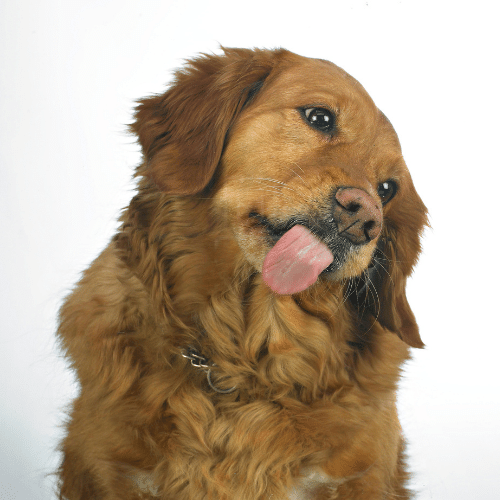
It is an animal thing in the style of maggots aiding the healing process by removing dead flesh. Open mobile menu Psychology Today.
Benefits of Dog Saliva on Wounds.
Will a cut heal faster if a dog licks it. Yes in short I have found that once a dog licks a cut even a quite serious one it heals quicker even one that has been scabbed over a dog would lick to keep it open so that it heals from the inside and leaves minimal scarring. Licking and chewing can also slow healing by reopening wounds. Surgery sites are especially dangerous for dogs to lick.
Licking can break down sutures and reopen the site necessitating a trip. Humans dogs as well as other species will desire to quickly attend to their wounds. It is an instinct.
When your dog licks a wound there are healing capacities in their saliva and it can also help cleanse the area. They are natural healers when it comes to grooming and cleaning. Inflammation Starts Immediately Your Pups First Responders.
While there are many types of dog wounds from lacerations to abrasions to puncture wounds most wounds go through similar stages in healingThe first of these stages is inflammation and while it is the most painful and most noticeable stage it is key to proper healing. Unfortunately although dog saliva does have some healing properties the risks carried by allowing dogs to lick wounds are simply too high to warrant licking as a healing tool. When it comes to dogs licking their own wounds a heavy amount of licking is likely to break down stitches and suture and re-open any closed wounds leaving them vulnerable to infection and the accumulation of dirt and.
In ancient Egypt people believed that if a dog licked your wound it would heal better and faster. That belief was transferred to the Greeks and they even had some temples where wounded people would go to receive healing licks from a trained dog. Dog saliva does have the ability to help with simple wound healing.
Many people believe that if a dog licks a wound it heals faster while others believe that a dogs tongue and saliva carries infections. Open mobile menu Psychology Today. Licking wounds seems an instinctual reaction to the injury.
Nobody instructs a child to suck a burned finger and nobody teaches a dog to lick a cut paw. But instinct can be biologically based and often serves a purpose. When a dog licks a wound–or a newborn puppy–it cleans it in much the same way you might clean a counter with a sponge.
It is a good idea to stop a dog from licking a wound of any sort because licking and chewing can slow healing by reopening wounds. If there are any stitches or other wound closures your dogs licking can break down the stitches and cause the wound to reopen. Theres even some anecdotal evidence that a dog licking the wound makes it feel better.
Sores in the mouth seem to heal quickly and with less scarring than they do elsewhere on the body. Since one of the differences in the mouth is the presence of saliva scientists have studied it to see if there is a correlation. If the dog is small place them on a table or counter in front of you.
For big dogs get down on the ground with them. Have a second person gently restrain the pet and use a muzzle if necessary. Clip the hair around the area.
Skip to Step 3 if the wound is not covered by hair. Thats because dog saliva is mildly useful for treating skin wounds. It is an animal thing in the style of maggots aiding the healing process by removing dead flesh.
Dog saliva is more effective than human saliva even on human skin but I would wait until the wound has actually closed over. These natural options protect your dog and help those wounds heal faster. Hydrotherapy can work wonders.
The running water does the same thing as discharges that the body makes but much faster. It washes away any debris that is forming as a result of the bodys attempt to heal such as dead cells and pus. The Assisi Loop has been clinically demonstrated to speed wound healing by 59.
The electromagnetic field produced by the Loop also triggers the nitric oxide cycle better than the licking does and a cascade of healing effects ensue. The cone of shame or e-collar is one way to prevent a dog from licking its wounds. The saliva will form a film of coolness on top of the wound numbing the area and reducing the pain.
Also the compounds in the dog saliva may facilitate the healing of the wound and neutralize certain bacteria but on the other hand the saliva may also contain various bacteria that can be harmful. Benefits of Dog Saliva on Wounds.
